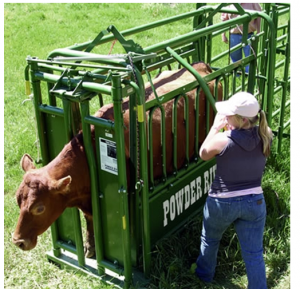
Want to Improve Your Cattle Handling Skills? Put Yourself in the Cow's Shoes
Everyone involved in beef cattle production will, at some time, work cattle. Sound handling practices will affect the well-being …



El inglés es el idioma de control de esta página. En la medida en que haya algún conflicto entre la traducción al inglés y la traducción, el inglés prevalece.
Al hacer clic en el enlace de traducción se activa un servicio de traducción gratuito para convertir la página al español. Al igual que con cualquier traducción por Internet, la conversión no es sensible al contexto y puede que no traduzca el texto en su significado original. NC State Extension no garantiza la exactitud del texto traducido. Por favor, tenga en cuenta que algunas aplicaciones y/o servicios pueden no funcionar como se espera cuando se traducen.
Inglês é o idioma de controle desta página. Na medida que haja algum conflito entre o texto original em Inglês e a tradução, o Inglês prevalece.
Ao clicar no link de tradução, um serviço gratuito de tradução será ativado para converter a página para o Português. Como em qualquer tradução pela internet, a conversão não é sensivel ao contexto e pode não ocorrer a tradução para o significado orginal. O serviço de Extensão da Carolina do Norte (NC State Extension) não garante a exatidão do texto traduzido. Por favor, observe que algumas funções ou serviços podem não funcionar como esperado após a tradução.
English is the controlling language of this page. To the extent there is any conflict between the English text and the translation, English controls.
Clicking on the translation link activates a free translation service to convert the page to Spanish. As with any Internet translation, the conversion is not context-sensitive and may not translate the text to its original meaning. NC State Extension does not guarantee the accuracy of the translated text. Please note that some applications and/or services may not function as expected when translated.
Collapse ▲
Everyone involved in beef cattle production will, at some time, work cattle. Sound handling practices will affect the well-being …
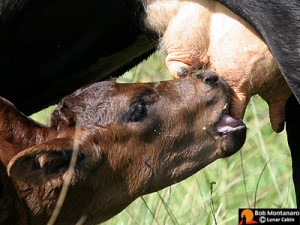
When raising livestock, the importance of high quality colostrum cannot be over-emphasized. Colostrum is so important that sometimes it …

Many livestock species use forages as their primary source of nutrition. Therefore, it is important to provide animals with …

By Wes Watson, David Orr, and Steve Bambara, Department of Entomology & Plant Pathology, North Carolina State University Introduction. Blister …

The Goat (Chinese: 羊; pinyin: yáng) is the eighth sign of the 12-year cycle of animals that appear in …

Although the current US market picture is disjointed and confusing, there is large and an unfilled demand for goat …

Following some of the rain storms and winds that have moved through our area recently, I received a phone …

Although specific estimates are not available, economic losses from worm parasite infections of cattle can be significant. But the …
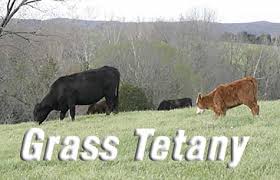
Grass tetany is considered a problem that usually occurs when cattle or sheep are eating lush, spring grass or …
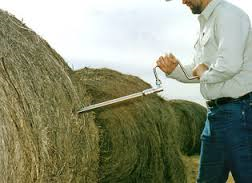
Do you wonder if your hay is of the highest quality? Forage quality is defined as the potential of …
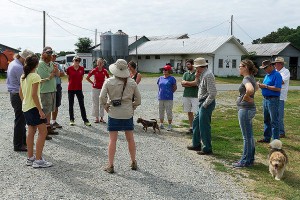
Photos by Debbie Roos, Agricultural Extension Agent. I was asked to arrange an all day farm tour for faculty in …

Answer: Another year, another survey, and the findings remain less than encouraging. It seems counter-intuitive that we don’t have a …
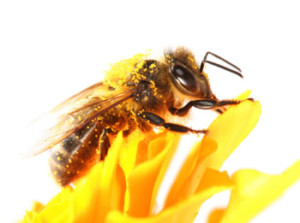
Answer: Probably not, but it’s interesting that it is found in bees at all Honey bees are hosts to more …

This publication discusses flying unmanned aerial vehicles (drones, model aircraft) for commercial purposes. You'll learn …
Animal necropsies attempt to determine the cause of death and whether it affects a concern …

This is chapter 9 of a comprehensive guide to postharvest engineering topics for the proper …

It is generally advised that all goats be vaccinated against overeating disease (enterotoxemia) and tetanus. …
This factsheet offers some information on the signs, symptoms, and treatment of coccidiosis, the most …

Information on the different types of lice, diagnosis and treatment is presented in this factsheet. …
This factsheet offers information on forage needs for meat goats, as well as typical grazing …
Goats raised for meat need high quality feed in most situations and require an optimum …